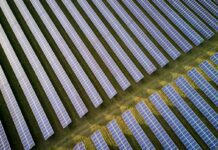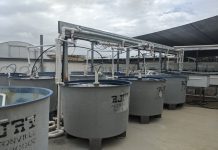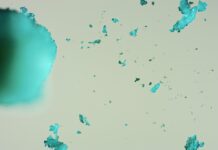
In a significant stride toward sustainable energy solutions, researchers have unveiled a pioneering approach to enhance the durability and efficiency of solar cells.
The breakthrough, detailed in a study published in Nature, introduces a concept of ‘self-healing’ for perovskite solar cells (PSCs), potentially revolutionising the field of photovoltaics.
Perovskite solar cells are highly efficient and cost-effective, making them a promising candidate for widespread solar energy adoption, Monash University said in a news release.
However, their susceptibility to environmental factors such as moisture and heat has posed challenges to their long-term viability.
Addressing this issue, scientists from Monash, the University of Oxford, and the City University of Hong Kong have developed a novel strategy.
The team’s innovation involves an agent that dynamically repairs the perovskite layer when exposed to stressors, thereby maintaining the cell’s performance and longevity.
This approach has yielded solar cells with a 25.1 per cent power conversion efficiency and demonstrated stability under rigorous testing conditions equivalent to 1000 hours of accelerated aging.
Professor Udo Bach, co-author of the study and director of Research at Monash’s Department of Chemical and Biological Engineering, highlighted the significance of their findings: “Our slow-release strategy represents a significant advancement in perovskite photovoltaics.”
“By slowly releasing the passivating agents into our perovskite material, we have been able to produce solar cells not only with enhanced performance but also extended long-term stability under real-world conditions,” the professor noted.
According to him, this breakthrough underscores the ongoing efforts to overcome barriers in renewable energy technologies and marks a crucial step towards realising more resilient and cost-effective solar power systems.




















